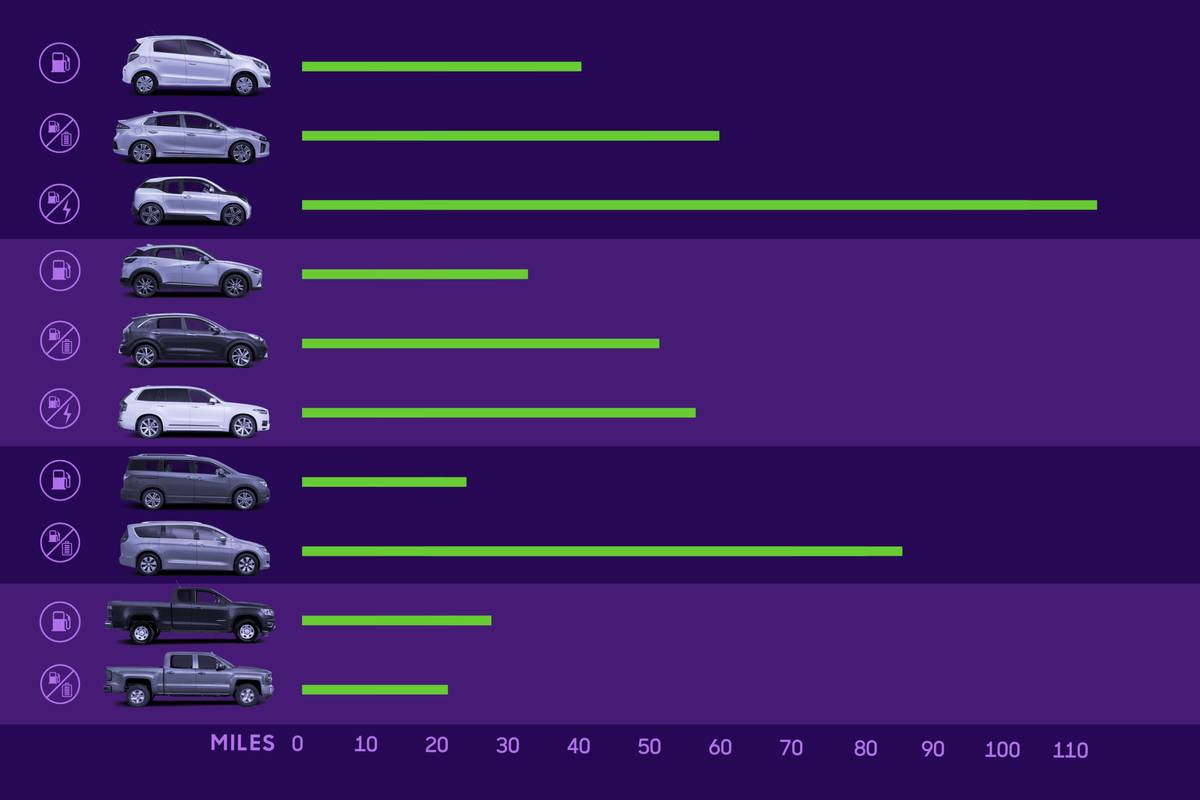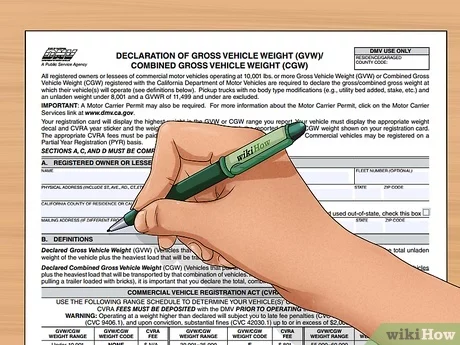How Old is Too Old for a Used Car
There is no specific age at which a used car is considered too old. The condition and maintenance history are more critical factors.
Buying a used car can be a smart financial move, but knowing the cutoff for a car’s age is key to ensuring reliability and value. Age should not be the sole deciding factor; instead, potential buyers should examine a vehicle’s mileage, maintenance records, and overall condition.
A well-maintained older car with lower mileage could be a better investment than a newer car that has seen heavy use or poor upkeep. Cars from the 21st century often have the technology and build to last well beyond 100,000 miles when properly cared for, making them suitable candidates regardless of their model year. Thus, savvy shoppers look beyond the numbers on the odometer or the car’s production date to the vehicle’s actual wear and performance on the road.
Perceptions Of Vehicle Age
How old is too old for a used car? It’s a question with varied answers. The answer often depends on personal views about car age. Some drivers believe older cars have character and dependability. Others seek the latest features and tech. Over time, people’s thoughts on vehicle age change.
One factor in this changing mindset is how well cars are made now. Cars now last longer than they did in the past. This shift means many consider older cars still reliable.
Shifting Opinions On Car Longevity
Not too long ago, a car with 100,000 miles was near its end. Today, that same milestone is just a checkpoint. Modern vehicles boast improved engineering and materials. This advance extends a car’s lifespan well beyond past expectations.
- Durability: Cars now feature rust-resistant materials and more robust engines.
- Technology: Onboard diagnostics help prevent small issues from becoming big problems.
- Maintenance: Regular service keeps cars running well for longer periods.
Consumer Expectations For Modern Vehicles
Newer vehicle purchases come with high expectations. Buyers look for cars that promise both reliability and modern amenities. The trend is to expect a blend of longevity and current tech.
Consumers today often expect:
| Lifespan | Technology | Efficiency |
|---|---|---|
| 200,000+ miles | Connectivity options | Improved fuel economy |
Cars today come with warranties, some covering up to 10 years or 100,000 miles. This guarantee reassures buyers of the vehicle’s reliability. Safety features are also crucial. Stability control, backup cameras, and lane assist are becoming standard.
Age Vs. Mileage
When shopping for a used car, buyers often ask, “How old is too old?” The answer isn’t straightforward. Two cars of the same age might have very different values. Why? Because age and mileage do not wear down a car in the same way. Think of age as a car’s life experience and mileage as the distances it has journeyed. They both tell a story, but it’s their unique blend that reveals the car’s true condition.
Understanding The Mileage Impact
High mileage means more wear and tear. Cars with lots of miles might need more repairs. It’s not just about the number on the odometer, though. A car’s history of maintenance plays a huge part in how well it runs, regardless of miles.
- Under 30,000 miles – usually still feels new.
- 30,000 to 70,000 miles – minimal wear with proper care.
- Over 70,000 miles – maintenance becomes key.
Regular maintenance can keep a high-mileage car running smoothly. Look for records of oil changes, and other regular services. A car with complete records is often a safer bet.
When Age Matters More Than Distance
Sometimes, a car’s age tells more than mileage. Sitting unused can harm a car. Rubber parts dry out. Fluids grow stale. Batteries weaken. But older cars might not be all bad news.
| Car Age | Impact |
|---|---|
| 5-10 years | A good spot, maybe need some updates. |
| 10-15 years | Wear is about to show, worth a look. |
| 15+ years | Check condition carefully; could be a gem or a lemon. |
Classic cars, for example, can be more valuable with age. Look at a car’s overall condition, not just its birthday. A well-kept older car might outlast a neglected newer one.
In the end, a balance of age and mileage, matched with upkeep, tells the true tale. A pre-purchase inspection by a trusted mechanic can give peace of mind. The right car, regardless of its calendar years and miles traveled, might just fit your life perfectly.
Critical Factors In Used Car Age
Deciding on a used car can be tricky. Key factors play crucial roles in the decision-making process. Car age often raises the question: How old is too old? Here, explore the prime elements, from maintenance history to technology, that impact a used car’s viability.
Maintenance History And Vehicle Condition
In assessing used cars, look closely at their upkeep records. A well-maintained car often outperforms a neglected newer model. Check for regular oil changes, tire rotations, and other services. These elements hint at the vehicle’s current condition and hint at a longer lifespan.
Signs of a well-kept car include:
- Complete service logs
- Clear accident history
- Neat interior and exterior
- Current parts without excessive wear
Potential issues from disregarded maintenance may include:
- Noisy engine operation
- Uneven tire wear
- Fluid leaks or corrosion
Technology And Safety Features Over Time
Vehicles evolve rapidly. Older cars may lack recent tech upgrades or safety enhancements. Features such as backup cameras, lane departure warnings, and automatic emergency braking are now common. These advancements not only improve the driving experience but also bolster safety.
| Year | Tech and Safety Features |
|---|---|
| 2010 | Basic electronic stability control |
| 2015 | Advanced driver-assistance systems |
| 2020 | Connectivity features and active safety tech |
While considering the vehicle’s age, factor in the presence of current technologies. They matter for both safety and resale value.

Credit: www.marketwatch.com
The Sweet Spot For Buying Used
Finding the perfect used car often feels like discovering hidden treasure. Cars depreciate, yes but there’s a period when their value stabilizes. This sweet spot in aging makes a used car a smart buy, balancing cost with reliability.
Best Range For Value Retention
Cars lose value the moment they leave the lot. Yet, after a few years, this decline slows. Aim for cars aged between 3 to 5 years. Here’s why:
- They’ve depreciated enough to save you money.
- Depreciation slows, preserving your investment.
- Many still have remaining warranty for peace of mind.
These vehicles blend modern features with a more attractive price tag. A car in this bracket is ripe for the taking.
Age Thresholds In The Pre-owned Market
Every used car has a history. Recognize key age-related thresholds to predict future expenses:
| Car Age | Considerations |
|---|---|
| 0-3 Years | Newest tech, minor depreciation. |
| 3-5 Years | Ideal mix of value and features. |
| 5-10 Years | Higher mileage, increased maintenance. |
| 10+ Years | Potential collectibles or money pits. |
Choosing a car between 3 to 5 years old often results in the best balance between cost and reliability. Cars older than 10 years might need costly repairs or become special finds for enthusiasts. Consider your budget and usage to decide on the car’s age.
Maximizing Longevity Of An Older Vehicle
Thinking about maximizing the longevity of an older vehicle? Keeping a seasoned car running smoothly can often be a wise financial decision. With the right care, even a car that’s past its prime can continue to serve as a reliable mode of transportation. Let’s explore the essential steps to help an aging car stay on the road longer.
Regular Maintenance Tips
Consistent upkeep is key to extending your vehicle’s life. Follow these maintenance tips:
- Regular Oil Changes: Replace your oil every 3,000 to 5,000 miles to keep your engine in top shape.
- Check Fluid Levels: Monitor and top off brake, transmission, and coolant fluids.
- Replace Filters: Air and fuel filters need changes to ensure engine health.
- Inspect Belts and Hoses: Look for wear and replace them to avoid sudden breakdowns.
- Tire Maintenance: Rotate tires and check pressure monthly for optimal performance and safety.
- Brake Checks: Listen for noises and get pads checked to prevent larger issues.
Upgrading And Modernizing An Aging Car
Transforming your older vehicle with modern features can rejuvenate its functionality:
- Install a New Stereo: Add Bluetooth capability for music and hands-free calls.
- Upgrade Lighting: LED bulbs can offer better visibility and a fresh look.
- Add a Backup Camera: For enhanced safety and convenience.
- Replace Worn Seats: New seat covers or cushions boost comfort and aesthetics.
- Fit New Tires: Quality tires improve handling and fuel efficiency.
Even with these upgrades, remember that some technological advancements can only be enjoyed with newer models.

Credit: www.cnbc.com
Frequently Asked Questions On How Old Is Too Old For A Used Car
What Is The Ideal Age For A Used Car?
Typically, a used car that is 3 to 5 years old strikes a balance between depreciation and reliability. Cars in this age range have often shed their initial value drop yet generally remain dependable with proper maintenance.
Can High Mileage Cars Still Be Reliable?
High mileage cars can still be reliable if they have been well-maintained. It’s crucial to check service records and have a mechanic inspect the vehicle before purchase to ensure it is in good condition.
What To Check When Buying Older Cars?
When buying an older car, examine its maintenance history, conduct a thorough mechanical inspection, and check for rust or body damage. Ensure all critical components, such as the engine and transmission, function properly.
How Does Car Age Impact Insurance Costs?
The age of a car can influence insurance costs, with some insurers offering lower premiums for older models due to their decreased value. However, very old cars might lack safety features, which could increase rates.
Conclusion
Determining the upper age limit for a used car purchase hinges on various factors. Think reliability, maintenance history, and vehicle mileage. It’s not just about the years – a well-kept older car might outperform a neglected newer one. Trust your judgment, do thorough research, and remember, there’s no universal ‘too old’ in the realm of used cars.
Choose wisely!




